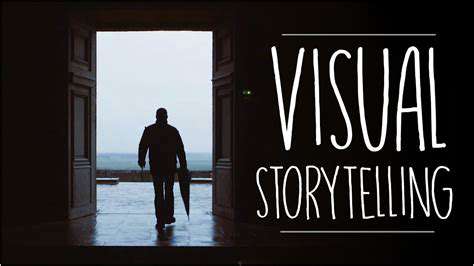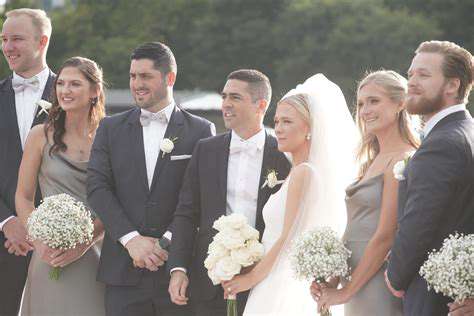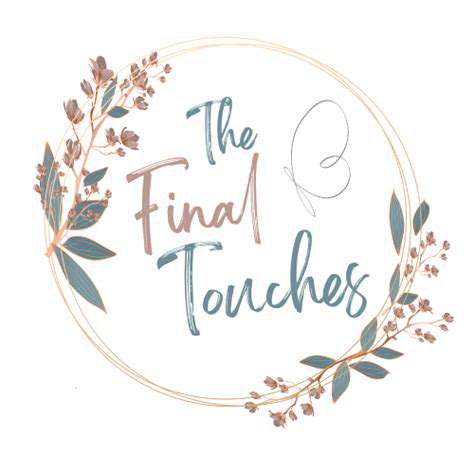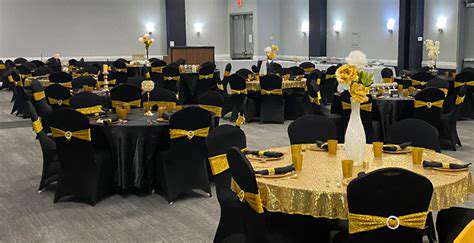How to Plan a Unique Cultural Wedding Experience
Embracing Regional Character
The location of your celebration offers rich opportunities for cultural authenticity. Go beyond generic venue decorations by researching area-specific traditions. Local historical societies and cultural centers often provide accurate information about meaningful practices.
For coastal weddings, consider a blessing of the hands ceremony using seawater. Mountain venues might incorporate alpine flower crowns or traditional yodeling performances. Urban settings could feature historic neighborhood tours or locally-inspired cocktail hours. The key lies in selective, thoughtful inclusion rather than overwhelming guests with every possible tradition.
Meaningful Symbolism Throughout
Rituals create emotional anchors in your celebration timeline. Modern couples often blend multiple traditions to reflect their unique union. The Irish handfasting ceremony works beautifully with Filipino cord and veil rituals, for instance, both symbolizing unity through physical representations.
Consider these impactful moments: A wishing stone ceremony where guests write blessings on smooth river rocks. A tree planting using soil from both families' homelands. A love letter and wine box containing your vows and a special vintage to enjoy on future anniversaries. These personalized rituals often become the most photographed and remembered aspects of the celebration.
Culinary Storytelling
Food transcends language as a cultural communicator. Rather than serving buffet-style, consider interactive food stations where chefs demonstrate traditional preparation methods. Accompany each dish with story cards explaining its cultural significance and family connections.
Cultural Rhythms and Movement
Music and dance should feel organic rather than performative. Instead of scheduling all cultural performances back-to-back, weave them naturally throughout your timeline. A Greek folk dance might follow the cake cutting, while a mariachi band could play during cocktail hour transitions.
Consider teaching guests simple steps during your reception - perhaps a basic hora circle or a traditional line dance. These participatory moments create joyful connections across generations and cultures.

Designing an Authentic Cultural Experience
Tasteful Cultural Fusion
Creating a culturally-rich celebration requires balance. The most successful events feature three to five thoughtfully selected traditions rather than attempting to include everything. Curate elements that hold personal meaning rather than choosing based solely on visual appeal.
For mixed-culture weddings, consider equal representation in your ceremony structure. You might have a Jewish chuppah followed by a Chinese tea ceremony, with explanations provided in your program. The unity candle ritual adapts beautifully across cultures when paired with meaningful narration.
Sensory Immersion Techniques
Engage all five senses to create authentic cultural connections. Scented candles or incense can evoke specific regions. Textured linens and traditional fabrics add tactile dimension. Consider cultural appropriate favors like miniature spice blends or small musical instruments with playing instructions.
Interactive Cultural Elements
Move beyond passive observation with hands-on experiences. Set up a temporary tattoo station with traditional henna or Maori designs. Provide materials for guests to try basic craft techniques like origami or beadwork. These activities naturally spark cross-cultural conversations.
Thoughtful Menu Curation
Work with caterers who specialize in authentic preparation methods. For example, proper tandoori cooking requires specific equipment, while traditional sushi demands skilled chefs. Prioritize quality over quantity, offering smaller portions of perfectly executed dishes rather than an overwhelming spread.
Cultural Context Throughout
Discreet educational touches enhance appreciation without lecturing. Number table assignments according to significant cultural dates rather than generic numerals. Use menu descriptions that explain ingredients' cultural significance. Provide brief program notes explaining each ritual's origin and meaning.
Accessible Traditions
Ensure all guests feel included regardless of physical ability or cultural familiarity. Provide clear instructions for participatory elements. Offer alternatives for guests who may not feel comfortable with certain rituals. The goal is warm inclusion rather than rigid tradition.
Practical Cultural Adaptation
Some traditions require creative adaptation for modern weddings. A traditional week-long celebration might condense into symbolic elements throughout your event timeline. Large ceremonial processions could become intimate moments with immediate family. The essence matters more than strict adherence to form.











